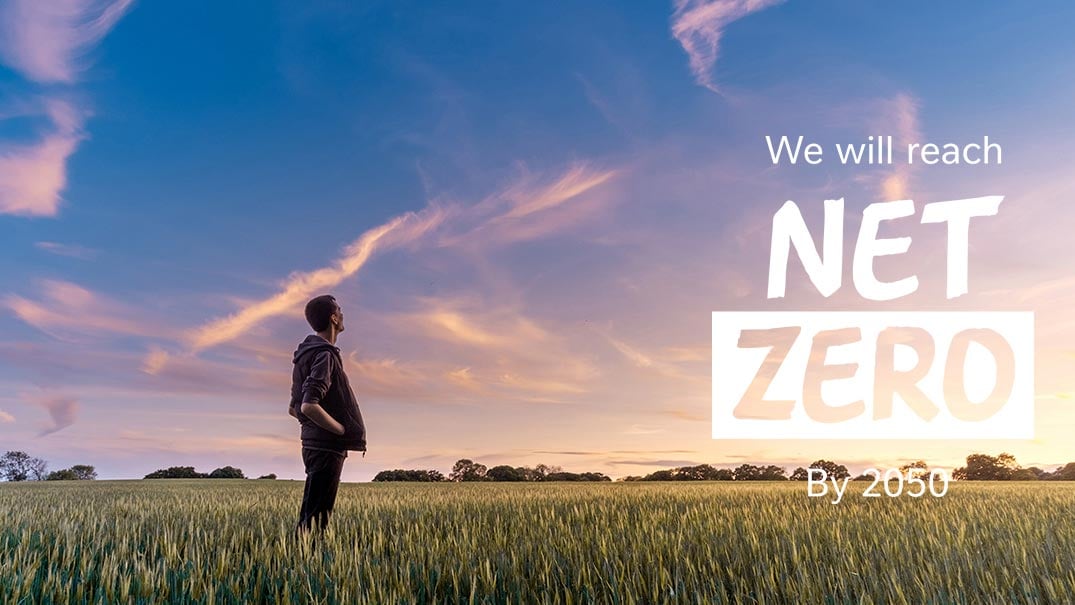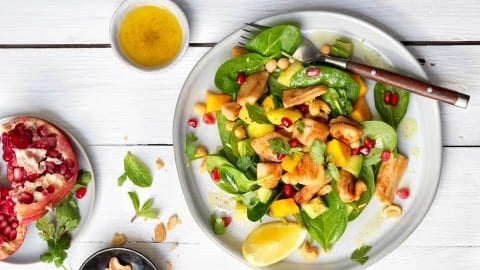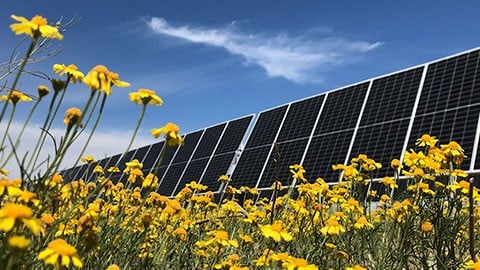Nestlé is committed to reaching net zero emissions by 2050. To get there, we are transforming our operations and logistics, switching to 100% renewable electricity and working with farmers in our supply chain to grow food more sustainably, using regenerative agriculture. Farmers are at the centre of our approach, and we co-invest with them in farm projects, reward good practices, and provide technical support to ensure a just transition.
What are you doing to help to help tackle climate change?
We published our Net Zero Roadmap in 2020, setting out our ambition to halve our absolute GHG emissions by 2030 and achieve net zero by 2050. We have made significant progress: Peak carbon is behind us, and we have reduced our emissions to a level below our 2018 baseline.
What are your priority areas to achieve net zero?
Agriculture
- We aim to source 20% of our key ingredients through regenerative agriculture by 2025, and 50% by 2030. One of the benefits of regenerative agriculture is to make soils healthier by increasing soil organic matter. This improves the soil’s ability to sequester carbon, and help to make food supply chains more sustainable. Supporting farmers is key to achieve this transition so we co-invest with them and pay premiums for ingredients grown through regenerative methods.
- We are implementing a Forest Positive strategy. On top of our ambition to source deforestation-free key ingredients, we aim to plant 200 million trees by 2030 in our value chain. Healthy forests can help us remove carbon from the atmosphere and create a positive impact on biodiversity and communities.
Operations
- By 2025, we aim to purchase 100% renewable electricity across our sites globally. We've already hit 75% and are well on our way to achieving this objective.
Our portfolio
- Several of our brands such as Nescafé, Garden of Life, and Garden Gourmet are increasing the use of ingredients grown through regenerative agriculture practices. This helps to reduce the environmental footprint of ingredients.
- In addition, we continue to leverage our R&D capabilities to bring plant-based alternatives to consumers, and to add plant-based versions of existing Nestlé brands, providing consumers with choices that can reduce the carbon footprint of their diet.
What is the scope of your Climate Roadmap?
Our climate targets are measured against a 2018 baseline (92 million tonnes of CO2e). Our ambition is to reduce our net greenhouse gas emission in absolute terms by 50% by 2030 (approximately 46 million tonnes of CO2e).
Our targets cover all 3 scopes of our activities – this means we're also addressing emissions that are not under our direct control. We transparently indicate which emissions fall within scope and which do not.
Read more about our progress toward net zero emissions.
Do you use carbon offsetting to achieve your net zero ambition?
No, our Climate Roadmap does not rely on offsets. To achieve our net zero ambition, we are focused on emissions reductions and carbon removals. The latter consists in using natural climate solutions such as restoring wetlands, enhancing natural habitats or planting shade trees to increase the storage of carbon in land and soils in our own value chain.







